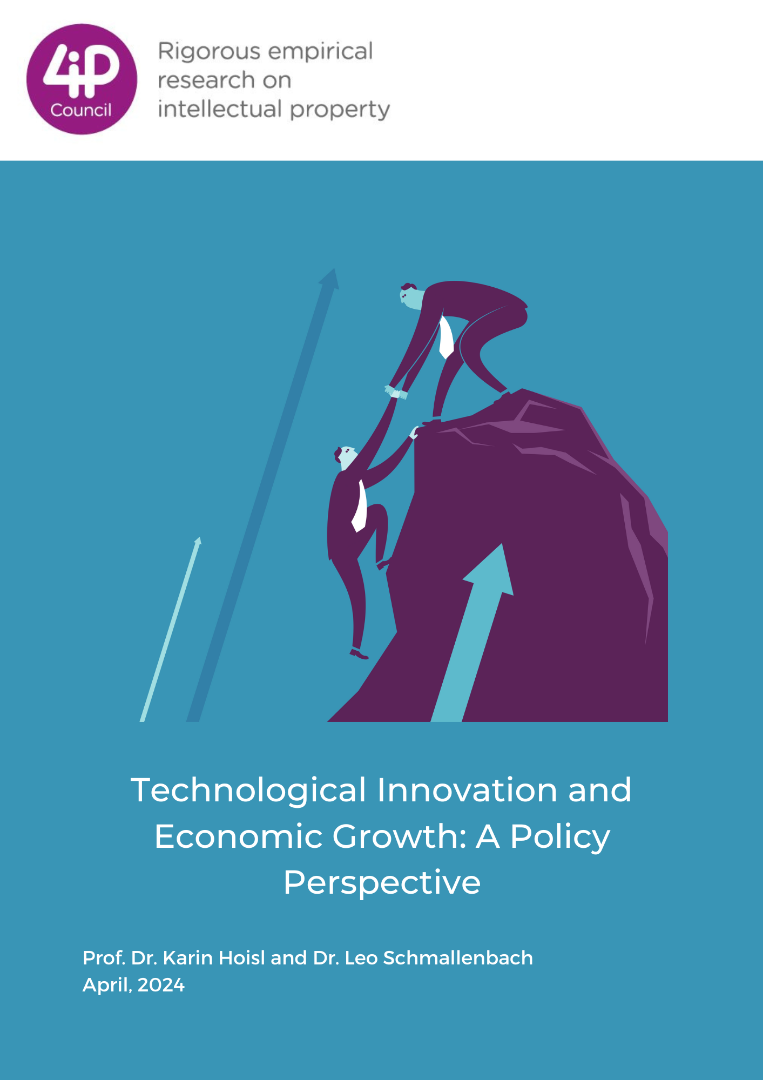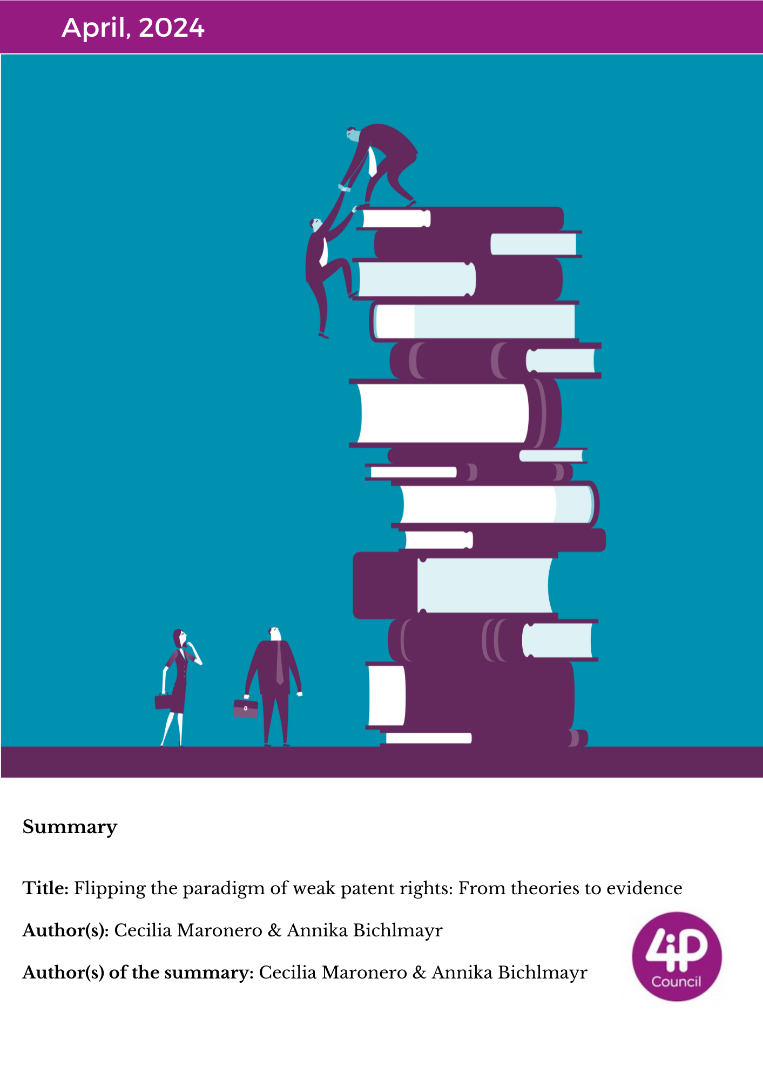CRISPR Processes Patents in Green Biotechnology
Intellectual Property Licensing Platforms and Clearing Houses
Dr Agnès Ricroch, PhD, HDR
Executive Summary
A strong patent system is necessary to enable innovation by incentivising investments in R&D and promoting the dissemination of knowledge, including through licensing, as this is considered vital for the development and commercialisation of new products. The new genomic techniques (NGTs) defined by the EU in 2021 include Clustered Regularly Interspaced Short Palindromic Repeats (CRISPR) which can selectively modify DNA sequences in a genome. EU, private companies and SMEs see the benefits of strong patent protection for NGTs and NGT products as a prerequisite for innovation due to the high costs of research and development. More than 11000 CRISPR-related patent applications have already been filed worldwide, with the majority being filed in USA and China. The proliferation of patents on CRISPR for green biotechnology applications and the dispute between two of the technology's inventors (UC Berkeley and the Broad Institute of MIT, USA and their surrogates) could be barriers to innovation. The profusion of CRISPR patents has raised concerns that it could result in a patent thicket: a set of overlapping patent rights, requiring those seeking to commercialize a new technology to obtain licenses from multiple patent holders. Alternative licensing models may overcome the difficulties created by the complex patent landscape of CRISPR technology. Patent pools and clearing houses are a promising approach. Some such platforms could lead to a one-stop licensing point allowing cross-licensing and facilitating freedom to operate. The possibility of identifying patents in a profusion of patents could avoid economic losses by accelerating technological progress. When access and use to a certain technology are hindered by the existence of multiple patents, a patent pool could be a useful model to facilitate access and reduce potential litigation risk. With a single licensing package, any potential licensee will have the ability to use the technology platform. The package of intellectual property rights (IPRs) is licensed on a non-exclusive basis, allowing many companies to enter the market, creating a commercial ecosystem that has strengthened innovation, and licensees to benefit from affordability and freedom to operate, while providing licensors with adequate royalties. The patent pool is built around the voluntary inclusion of key and specific IPR holders. “Key" patents are those that have no economically viable substitute; a party needs a license to use the IPR. Key patents are those for which the application is general, such as a technique that applies to all genomes. “Specific" patents are those for which the application is specific (such as a modification of a genetic sequence for a given trait in a given species). The platform could require broad “target-agnostic” patents that do not require a specific genome for better access to plant genetic resources. The public sector plays an important role in fundamental research and is a substantial source of IP in agricultural biotechnology. Fundamental CRISPR patents, such as patents covering research tools, developed with public funds operating in the public interest, and enabling a broad range of downstream research, should be disseminated as widely as possible while addressing ethical concerns about particular applications. A CRISPR patent pool depends on the willingness of a sufficient number of IP owners to join the pool to ease licensing burdens and costs. The platform will take off in a big way when a major company announces that it will join the patent pool. The ACLP, a clearing house, can be mentioned as a solution for products produced by the CRISPR technology for the plant breeding in the agricultural sector in Europe. The platform should be a low-complexity platform that lawyers and breeders are familiar and comfortable with.





